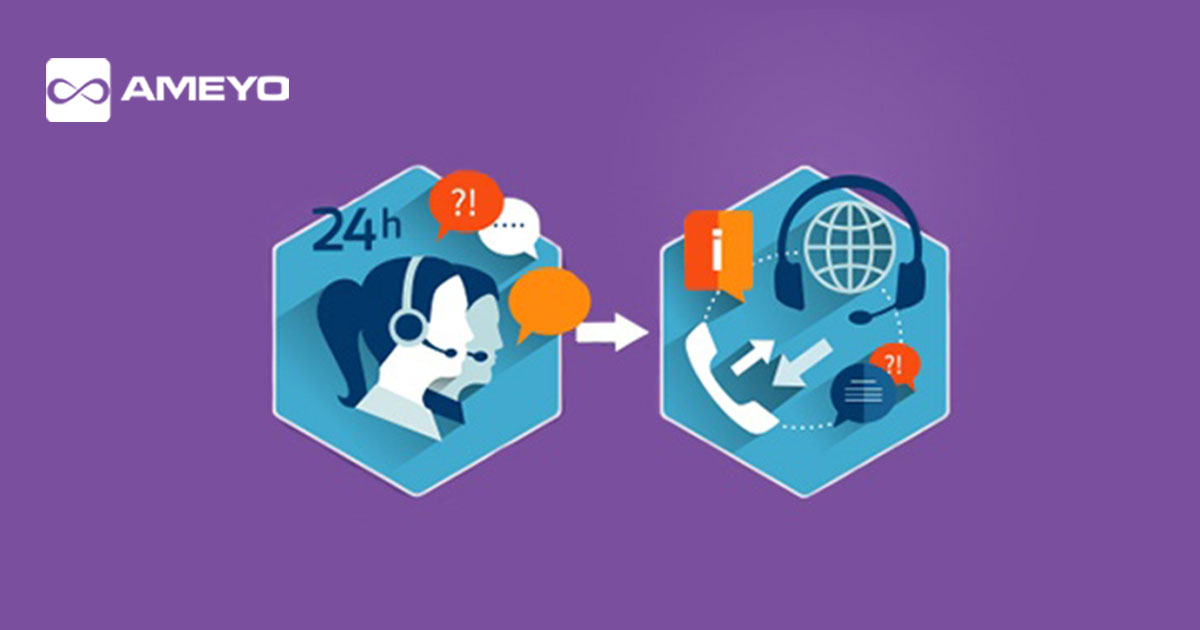Many companies strongly believe that IVR is more a customer nuisance than being helpful. The results of numerous surveys conducted on the customer’s vantage point of IVR showed that even though they were irksome, short descriptive messages were welcomed. The existing IVR systems are confusing and never to the point. Most customers hang up because of frustration. The impersonal voices nudge them into remembering irrelevant information like their PIN which in the first place is lengthy and confusing. Now, looking at the other extreme, customers are pleased when they are self- served with efficiency. They are lured with the prospect of total control.
A popular telecommunication giant conducted a survey to discover customer preferences and found that more than 66% chose self-service over assisted service. The preference was greater at 82% among youth. Despite the reign of technology, most customers tend to make telephonic calls for queries or to report grievances. Companies that employ agents spend over $150 mn annually to meet the salary requirements. While IVR not only reduces cost it also caters to the evolving customer expectation and speech technology.
IVR and improving customer satisfaction
Interactive Voice Response has been around for almost two decades. What started in 1990s has evolved to the first point of contact between the customer and the company. A study concluded that over half the adult population in the world is five feet away from their smart phones at any given point. With such an informative treasure trove at their finger- tips, access to information is unrestricted. These devices hold everything from the family photos, important numbers and bank information. To make it more indispensable, the various mobile applications combine personal information like preferences in music and arts, financial history etc., with contextual information like time, weather and date to provide relevant information readily. Coffee chains have developed an application that sends alerts of stores nearby or offers to the registered customers who are in the vicinity.
The evolution of IVR technology has led to personal interaction where in the caller is addressed by their name and their preferences are pre-recorded. This positive impact results in customer loyalty.
Reduction in customer effort to increase loyalty
It is human nature to get attracted to things that are hassle free. An important study conducted by the Customer Contact Council division of the Corporate Executive Board, showed that impact of predictive power of IVR on customer satisfaction. More than 94% of participants who availed what they were looking for with minimum effort displayed an intention of revisiting the service with an intention of concluding the sale. More than 88% hinted that they would increase their spending. On the opposite end, 81% of the customers expressed a strong dislike with the services when they found it hard to maneuver through the instructions of the IVR and also voiced out strong concerns saying they would discourage their friends and family from using this service.
The ‘archaic’ IVR design with multilayers of menu trees needs more effort to decipher. Most customers who call listen only to the first menu choices and disconnect before they are directed to the second tree. When their reason for calling is not presented as an option in the menu, they tend to lose interest and opt for a transfer to a representative agent.
A personalized IVR reduces the effort and maximum automation will yield an end product that feels like a personal assistant.
Improving IVR to improve customer satisfaction
If you find the design of your company’s IVR lacking, here are ways to improve the same to improve customer satisfaction:
- Making call routing more efficient: It should not be a walk through a never ending maze just to get through to the representative. Ideally, an option to transfer the call to a representative agent must be provided in the second menu tree. The first level must contain all the possible reasons for making the call in the first place.
- Faster access to service: The sophistication of the Customer speech recognition is at an advanced level. When coupled with “directed speech” and option selection, IVR systems can transport the customer to their destination faster.
- Advanced speech recognition: More than individual words can be recognized, giving the caller a chance to voice out their concern and subsequently get re-directed to the solution or to the representative agent.
- Simplified menu: A basic improvement in the menu can change the whole perception of customer care. Gone are the days when options like “press1 for xyz, press 0 to go back to the main menu”, existed. The current options eliminate these multi-tiered labyrinths to make way for one tiered services.
- Eliminate wait music: It is very frustrating to have your call answered only to listen to the dreadful elevator music. It is everything but soothing and it is high time companies eliminated the waiting period. Being on hold even before you get a chance to speak with the customer care agent speaks poorly on the efficiency of the company.

